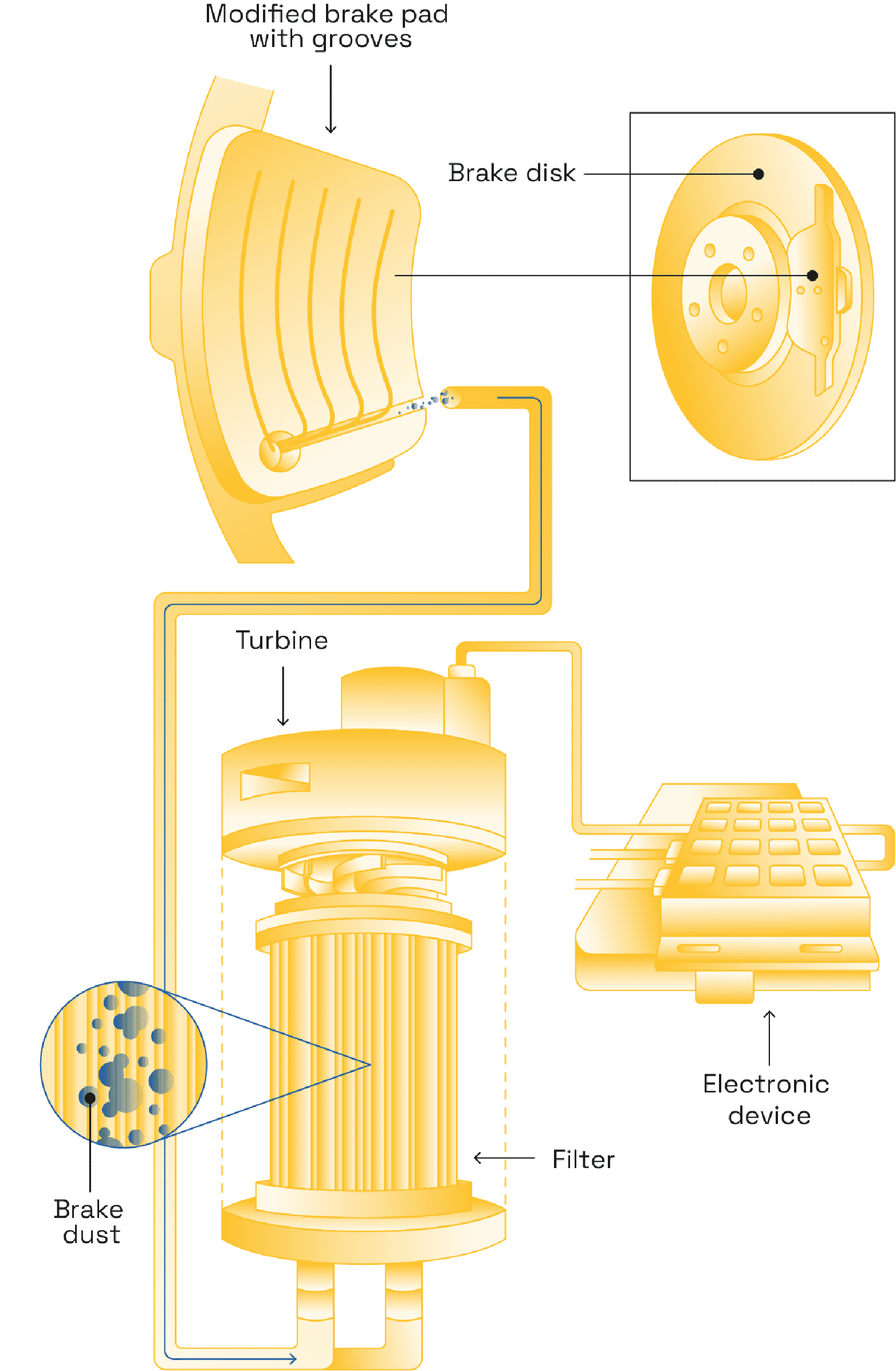What is a particle filter on a car?


Exhaust particle filters
The first regulations to control particulate emissions from exhausts and require particle filters on cars were brought in during the 2000s. The European Union published a series of standards with a view to improving air quality in urban areas. From 2011, Euro 5 required the use of filters to strictly limit particle emissions from diesel cars. Then, in 2018, Euro 6 also made them mandatory on new petrol vehicles.
A particle filter installed on a car’s exhaust system works in two stages. First, the particles are retained by a filter and accumulate in the form of a layer of soot. These filters are then cleaned. This can be done either by an automatic process involving soot combustion generated by the heat of the exhaust gases. Another option is active regeneration; injecting combustion gas to artificially raise the temperature at the filter when the vehicle is not running at full throttle.
Brake wear particle filters
A particle filter on a car can also be fitted to the braking system. In this specific case, the filter collects the fine particles emitted by brake abrasion. This is an essential tool because more than half of the particles now generated by road traffic in Europe do not come from exhaust fumes but tyre and brake wear. The new Euro 7/VII standard should encourage most people to install brake wear particle filters because it will regulate particle emissions from brakes and microplastics from tyres up to 7 mg/km for the first time. The rules will apply to every type of vehicle, including electric.
It is still uncommon to install this type of particle filter on a car. Tallano Technologie has therefore designed a particle extraction system known as “TAMIC” that is fixed directly to the brakes of road vehicles. The system makes it possible to reduce fine brake particle emissions by up to 90%. Tested in the laboratory and proven under real-life conditions, this universal device can be adapted to any type of vehicle. This is good news because the rise of electric cars will not put an end to the emission of fine friction particles.
In summary, a particle filter on a car is a component specifically designed to capture and reduce fine particle emissions. Its main objective is to improve air quality by reducing the amount of harmful particles that are released into the environment. As the filter is so efficient, vehicles equipped with this device help to mitigate the environmental impact of emissions, while keeping people healthier and improving air quality.
The Euro 7/VII standard should be a significant step forward because it will be the first global regulation to control particle emissions from braking systems.






